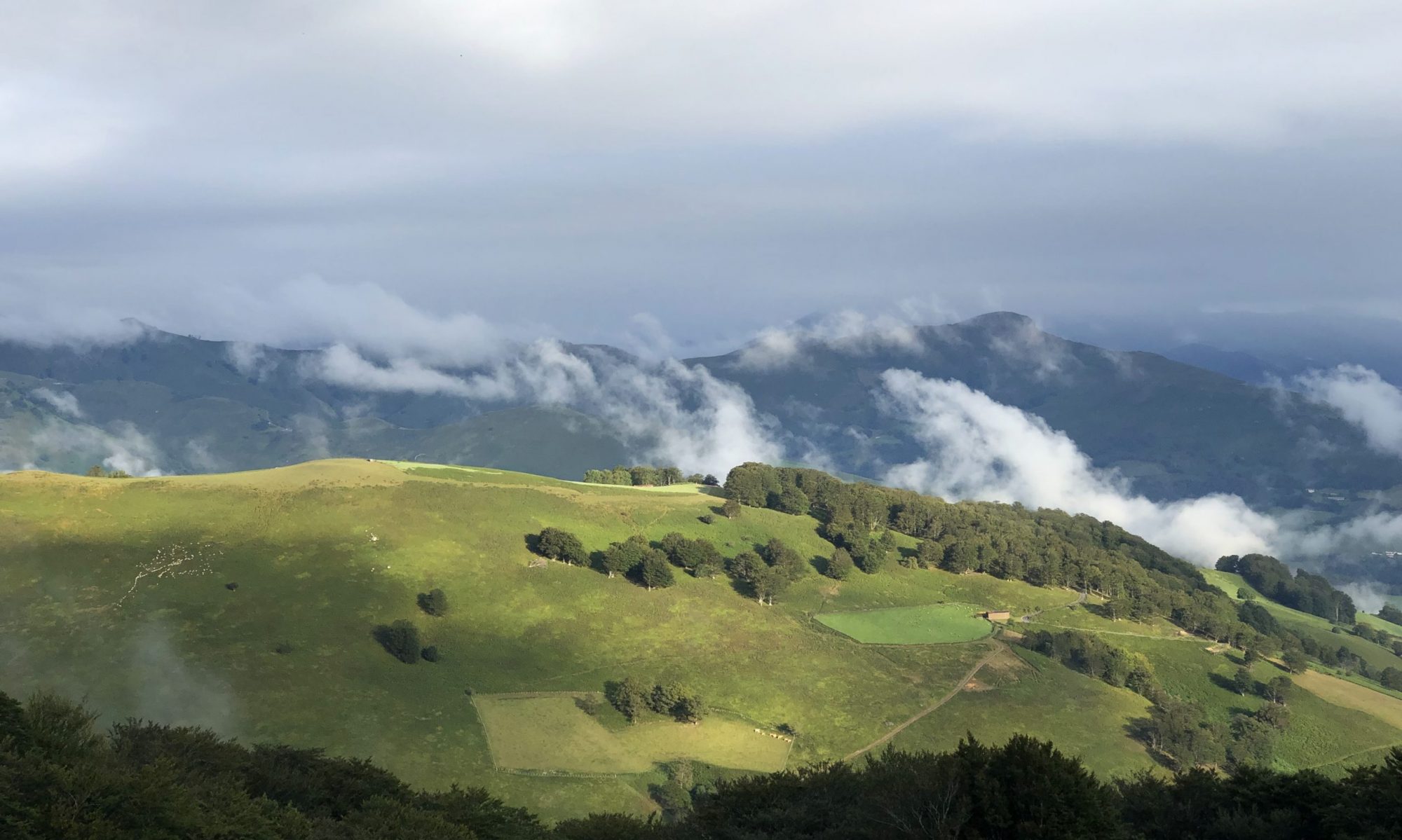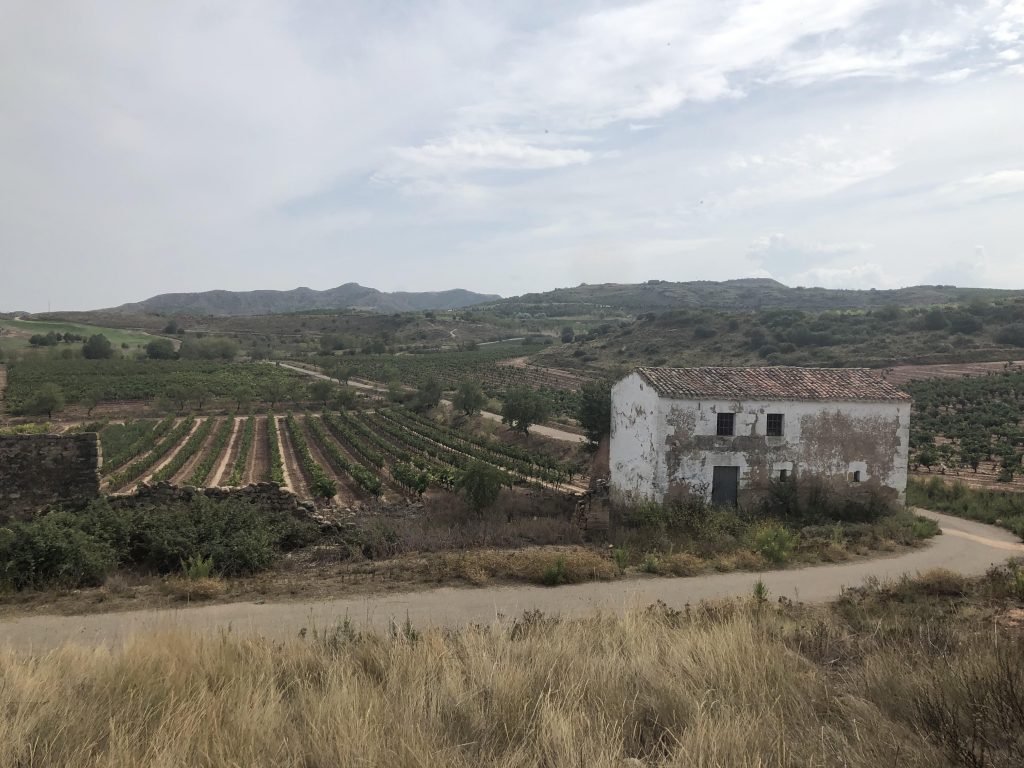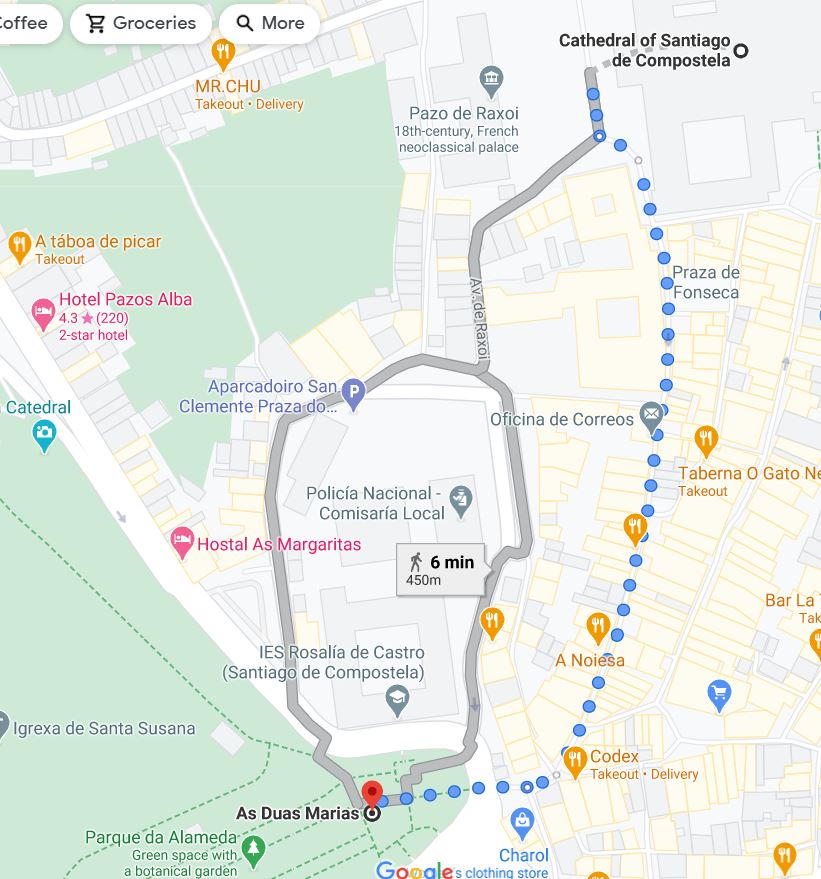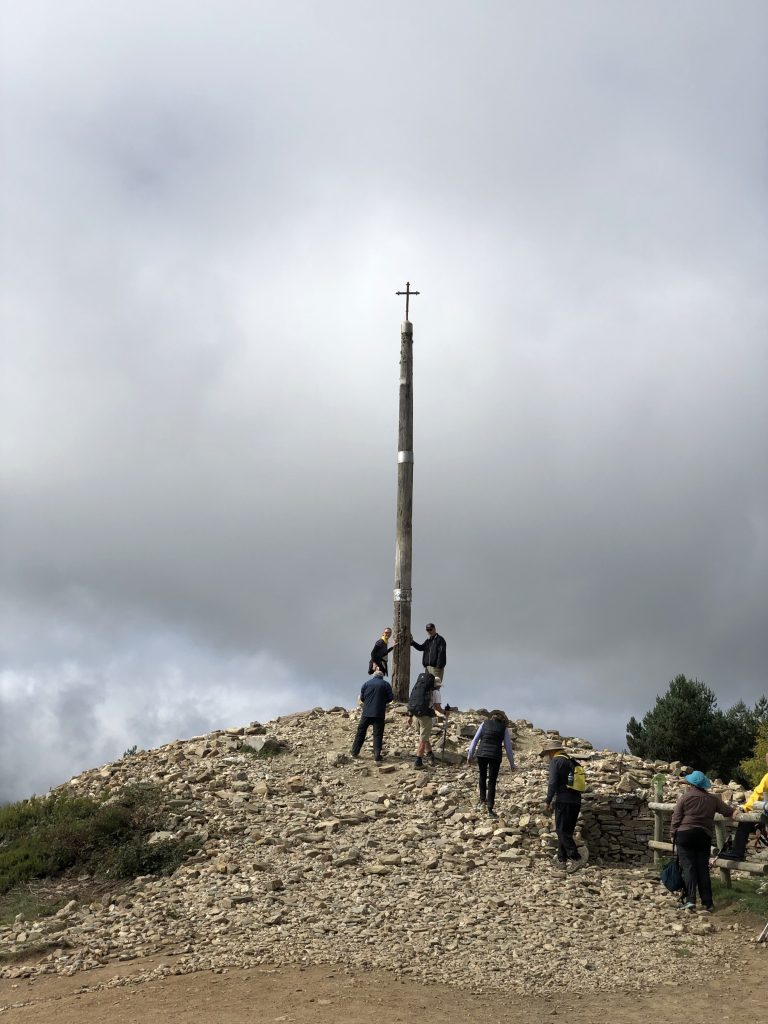We leave the house at 0400 for my 0600 flight. I’m already homesick!


A Day On A Path
We leave the house at 0400 for my 0600 flight. I’m already homesick!

EU rumblings indicate Spain may be opening to US (fully vaccinated) tourists this summer – maybe June. If so, I’ll be on my September 1 flight to Madrid. Still up in the air, but looking a bit more promising.
E.U. Set to Let Vaccinated U.S. Tourists Visit This Summer
https://www.nytimes.com/2021/04/25/world/europe/american-travel-to-europe.html
I have a few rest days interspersed among these stages, but here is my Stage Plan.

EVERY NIGHT IN A CORNER under the baroque clock tower in the Plaza de la Quintana, a hunched pilgrim appears. He stands life sized, and wears the traditional garb of the religious pilgrim: cloak, broad-brimmed hat, and a staff top-heavy with a gourd for water and the traditional scallop shell, which is the symbol of the pilgrim.
Upon closer inspection, the pilgrim is a trick of the light – and an unintentional one. His body is the shadow cast by the lightning rod pillar in the corner, and his staff is the shadow of the support column of the Berenguela clock tower. There are dozens of these lighting rods and hundreds of vertical supports in the cathedral exterior, but only one pilgrim. https://www.atlasobscura.com/places/shadow-pilgrim

The La Rioja wine region. We enter La Rioja shortly after Viana. Wine has been made in this region since Roman times.
There are four classifications of Riojan wine:
(1) Rioja – aged less than one year
(2) Crianza – aged at least two years with at least one in oak barrels
(3) Reserva – aged at least three years with one in oak barrels
(4) Gran Reserva – aged at least two years in oak and three years in the bottle.
Learn more about Riojan wines here:
https://vinepair.com/wine-101/learn-rioja-wine-spain/
Article in its original post on the Camino Adventures site: https://www.caminoadventures.com/blog/scallop-shell/

The ‘Vieira’, as it is called in Galician and Spanish, helps pilgrims find their way to Santiago, but there is more to the scallop shell symbol, and there are many legends, myths, and stories that connect the ‘Vieira’ and Saint James Way.
St. James and the Scallop Shell
St. James was one of Jesus’s disciples who traveled to Iberia, which is now known as Galicia, to convert pagans to Christianity. When he returned to Jerusalem, King Herrod ordered his beheading, making him the first disciple to be martyred. His body was returned to Galicia by ship, and it is allegedly buried at the Cathedral of Santiago de Compostela.
But what is the relation between St. James and the scallop shell? Well, this is explained by the myths and legends any pilgrim should know.
According to one story, the ship that was carrying St. James’ body was destroyed in a storm, and his body was discovered on the shore completely undamaged because he was covered in scallop shells.
A second myth tells us that the ship passed by a beach wedding, and it scared the horse ridden by the bride. The horse got into the water with her on its back, but, thanks to Divine Intervention, they were saved, emerging from the water covered in scallop shells.
There is another legend saying that while the ship with St. James’ body was passing beneath a cliff, a knight fell from the top, and a miracle made the knight emerge from the sea covered in scallop shells.
There are also many stories about the scallop shell dating back to pre-Christian times. In Roman Hispania, pagans used a route, known as the Janus Path, as a born-again ritual, ending in Finisterre. The starting point was the Temple of Venus, dedicated to the Roman goddess of love. According to legend, the goddess had risen from the sea on a scallop shell, which became a symbol of fertility rituals practiced along the route.
If you want to see a clear image of Venus in this position, you can have a look at Botticelli’s work of art called The Birth of Venus, displayed at the Uffizi Gallery in Florence, Italy.
 The Scallop Shell and the Camino de Santiago
The Scallop Shell and the Camino de Santiago
The legends are interesting and get you closer to the local culture. But the scallop shell has one more meaning, a metaphorical one. It is considered that its lines represent the different routes pilgrims take to arrive at the tomb of Saint James in Santiago de Compostela.
In some regions, like Asturias, people consider that the longest line of the scallop is the one pointing towards Santiago.
As already mentioned, the ‘Vieira’ reassures pilgrims they are on the right paths since it is usually placed next to a yellow arrow, the most accurate ‘road sign’ on El Camino.
But the shell is more than a symbol. Worn by medieval pilgrims attached to their hats or cloaks, it also had a practical purpose. They used it as a bowl to hold their food and drink during the pilgrimage. At churches and other establishments that used to feed the pilgrims, the scallop shell scoop was the measure for food.

The two sisters became popular in the old town of Santiago de Compostela during the dark times of the Franco dictatorship. They dressed in outlandish outfits and make-up and walked every day at two o’clock – the busy lunch time and when the Zona Vella was crowded with university students. They’d flirt with the students and generally behave outrageously.
The sisters were seamstresses who lost their clientele because of family involvement with political factions opposing Franco. They brightened the days of Compostella citizens and were fondly cared for by their neighbors.
Wikipedia gives a nice recap of the sisters and the politics that impacted their lives. https://es.wikipedia.org/wiki/Las_Dos_Mar%C3%ADas


